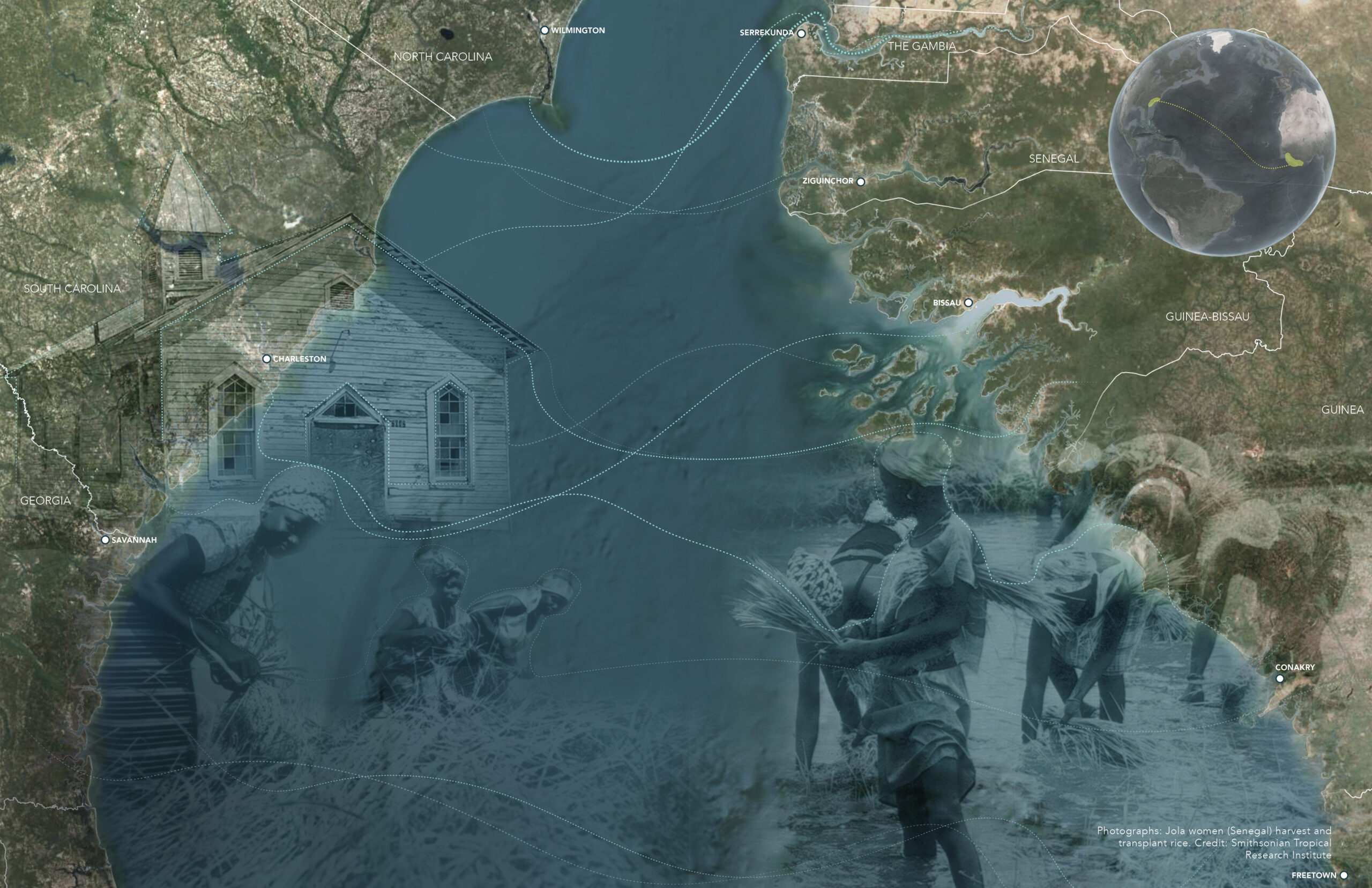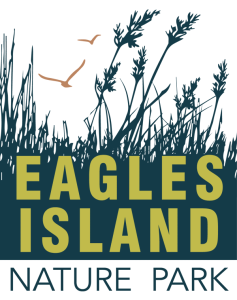
Gullah/Geechee Heritage Corridor
The Gullah Geechee Cultural Heritage Corridor (Corridor) is an approximately 12,000 square mile National Heritage Area from St. Johns County, Florida to Pender County, North Carolina. It is dedicated to recognizing the unique culture of the Gullah Geechee people who have historically lived in the coastal areas and the sea islands of North Carolina, South Carolina, Georgia, and Florida (Cultural Heritage Corridor Commission, 2021).
Gullah Geechee ( \ˈgə-lə\ \ˈgē-chē \ ) people are direct descendants of Africans who were brought to the United States and enslaved for generations. Their diverse roots in particular parts of Africa, primarily West Africa, and the nature of their enslavement on isolated islands created a unique culture that survives to the present day. Evidence of the culture is clearly visible in the distinctive arts, crafts, cuisine, music, and the Gullah Geechee language. The culture is embodied in diverse patterns of social organization reflecting the intimate and private ways communities and families meet the challenges of life. The culture is manifested in a system of practices/principles that emerge from (1) the diverse African origins of Gullah Geechee peoples, (2) intense interaction among people from different language groups, and (3) generations of isolation in settings where enslaved Africans and their descendants were the majority population.
The Gullah/Geechee Cultural Heritage Corridor was designated by the Gullah/Geechee Cultural Heritage Act, which was passed by Congress on October 12, 2006 (Public Law 109- 338). The Corridor was created to:
- Recognize, sustain, and celebrate the important contributions made to American culture and history by African Americans, known as the Gullah Geechee, who settled in the coastal counties of South Carolina, Georgia, North Carolina, and Florida.
- Assist state and local governments and public and private entities in South Carolina, Georgia, North Carolina, and Florida in interpreting the story of the Gullah Geechee and preserving Gullah Geechee folklore, arts, crafts, and music.
- Assist in identifying and preserving sites, historical data, artifacts, and objects associated with Gullah Geechee people and culture for the benefit and education of the public.
The local coordinating entity legally responsible for managing the Corridor is a federal commission established by Congress and titled the Gullah/Geechee Cultural Heritage Corridor Commission. The Corridor includes many historical and cultural sites of significance to the Gullah Geechee people, such as churches, houses, schoolhouses, museum collections and exhibits, former plantations and other slavery sites, and ancestral memorials.
Eagles Island Nature Park is poised to serve as an important location within this regional corridor by providing site interpretation and educational programming that reveals its history as a site with plantations and extensive rice cultivation. As a critical segment of the proposed Gullah Geechee Heritage Multi-Use Greenway/Blueway Trail, the Nature Park is a valuable asset well-suited to complement the many local heritage sites in celebration of Gullah Geechee culture and history.
From the article written by Pat Bradford and published by the Wrightsville Magazine, September 26, 2024. “Eagles Island encompasses over 3,000 acres and the north end of the island is made up of tracts owned by more than two dozen private residents, corporations and governmental agencies,” the Wilmington Star News Online states in 2024. Joseph and Richard Eagles Sr. became prominent planters when they settled in the Lower Cape Fear area circa 1725. Eagles Island is named for them, not John Watson who was granted a section of the island in September 1735 by British King George II. Less than two years later, Richard Eagles, a native of Bristol, England, and a merchant planter from Charles Town (later Charleston), was also granted a major portion of a “big island” and “great island” lying between the Cape Fear and Brunswick rivers opposite Wilmington, then a small village called Newton.” https://wrightsvillebeachmagazine.com/flash/2024-10/index.html#p=31

